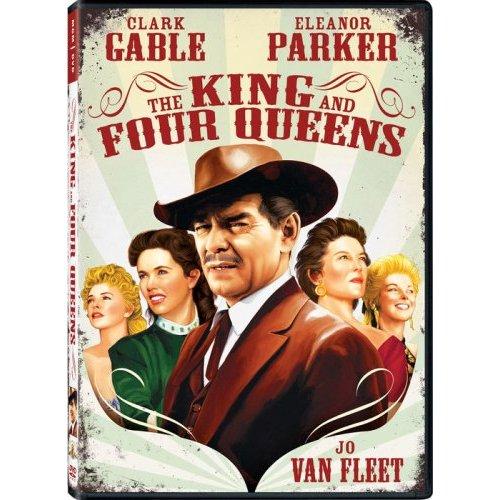
Kings and Queens
In the last article we analyzed King-and-Pawn endgames, and today we'll talk about Kings and Queens. I don't mean King and Queen endgames. Instead, we'll see how chess Kings play with their Queens. Well, it sounds even more confusing... OK, in this article we will analyze the games where the World Champions (Chess Kings) had four or more Queens on the board. This kind of the situation is very unusual and even the best players in chess history make many mistakes. Here is a game from the Fischer's classic "My 60 Memorable Games":
As you can see, when the unusual position with four Queens just appeared on the board, Fischer had a material advantage (extra pawn!) and his King was safer. At the final position, where the opponents agreed to a draw, Black was already better!

Here is a similar situation from the game between two other World Champions:
Capablanca made a huge blunder when he decided to go for the four Queens position. As we'll see in practically every single game, the King's safety is the most important factor in this kind of situation. Since Capablanca's King was very weak he didn't really need to calculate any lines to know that this endgame was very bad for him.
In one of the most famous games from the Kasparov-Karpov marathon, ex-World Champion Anatoly Karpov had a chance to enter the four Queens position, but his intuition correctly warned him against going there. It is too bad that his position was lost anyway...
The next famous game, played by Alekhine, is famous for two reasons. First of all, there were five Queens on the board at the same time. Also this game was never played! It was proven that when Alekhine analyzed his game vs. Grigoriev, he found a very interesting variation which was later published by him as a real game. Nevertheless, this "game" demonstrates again how important it is to attack your opponent's King when there is so much firepower on the board.
Of course you can say that when you have three Queens vs. just two Queens you don't need to be Alekhine to win a game. It is not always the case. As I mentioned many times already, in this kind of a position it all depends on the safety of your King. In the next game, three White Queens were helpless to defend their King against two Black counterparts:
In conclusion, I want to show an absolutely crazy game which demonstrates that if both Kings are safe, then even six Queens on the board can lead to a quiet positional struggle:
I realize that most of you will never have anything like this in your games (I never had four Queens in my own games!), and yet it is useful to know what happens in this case. In the annotations to his altered game, Alekhine wrote that it was probably the only position of its kind in the history of chess. Little did he know that pretty soon he would have a similar unusual situation in the World Championship Match vs. Capablanca, so you never know...



